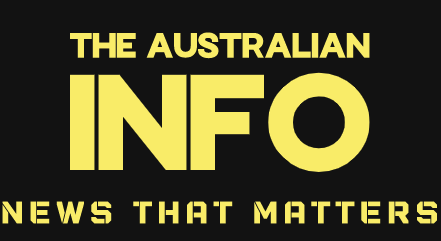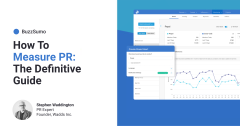Not long ago, illustrated campaigns were a fixture of the advertising landscape. From wartime posters by Abram Games to Merrydown Cider’s joyful campaigns of the 1990s, illustration was once a central means by which brands communicated with the public.
More recently, photography and film have dominated as illustration became the ‘riskier option’. A couple of reasons for that are that it’s harder to sell to cautious clients, slower to produce at scale, and sometimes dismissed as “childlike”. Havas creatives Daisy Bard and Orla O’Connor say: “Illustration is such an easy way to add dynamism and style… yet no one has bought an illustration idea from us in ages. It’s a real shame.”
Today, illustration sits at an interesting crossroads. It remains a vibrant cultural language, but it isn’t always the default choice in advertising. However, this makes the moments when it does break through all the more striking.

Selfridges X Fromm Studio
Why choose illustration?
Despite its reduced visibility, illustration still offers unique advantages. Distinctiveness is the obvious one because, in a sea of photography-led campaigns, an illustrated execution can stand out immediately.
Illustration also stretches ideas. Ali Augur, art director and long-time commissioner of illustrators for TfL, explains: “It allows you to go where photography can’t. You can bend, warp, and exaggerate. Colour plays a stronger role, and illustrators can throw colour around in a way that photographers can’t.”
Illustration lends itself to toolkits and world-building as well. A suite of characters, icons or modular assets can flex across OOH, social and motion, giving brands a distinctive, ownable language. Jelly’s Leah Airey points to Selfridges’ recent activations with Fromm Studio, where illustration was rolled out across seasonal campaigns, from in-store animations to digital comms.
“It moved the needle by taking illustration out of its box and really expanding where it can be consumed,” she says. “Hosting illustration in a luxury setting is exciting – it pushes perception and delightfully surprises people.”

Cyberflashing campaign – Genie Espinosa x Grey London. Credit: Brook
Then there’s an element of tactility that you simply can’t replicate in other media. Lee Bofkin, co-founder of Global Street Art, believes that the impact of illustration is magnified in physical form.
“Murals are different because they’re actually cool – someone went to the Herculean effort to paint your message on a wall,” he says. “Costly signalling matters: the harder the message is to produce, the more it’s remembered and trusted.”
Nike’s mural of Mbappé, hand-painted by Global Street Art and later shared by the player to millions of followers, is a prime example.

TfL 25th Anniversary Campaign
What’s the catch
If illustration has such clear benefits, why do agencies and brands hesitate? Several factors recurred when we asked the experts.
At the top of the list has to be the perceived risk, as some clients view illustration as “niche” or too youthful. Airey calls this a misconception, saying: “Children’s publishing might be what people think of first, but global brands like Headspace, Google, and Hermès use illustration daily.”
Another prominent excuse is timelines and procurement, as illustration can require more upfront concepting and approvals than photography. Kill fees, usage rights, and licensi





